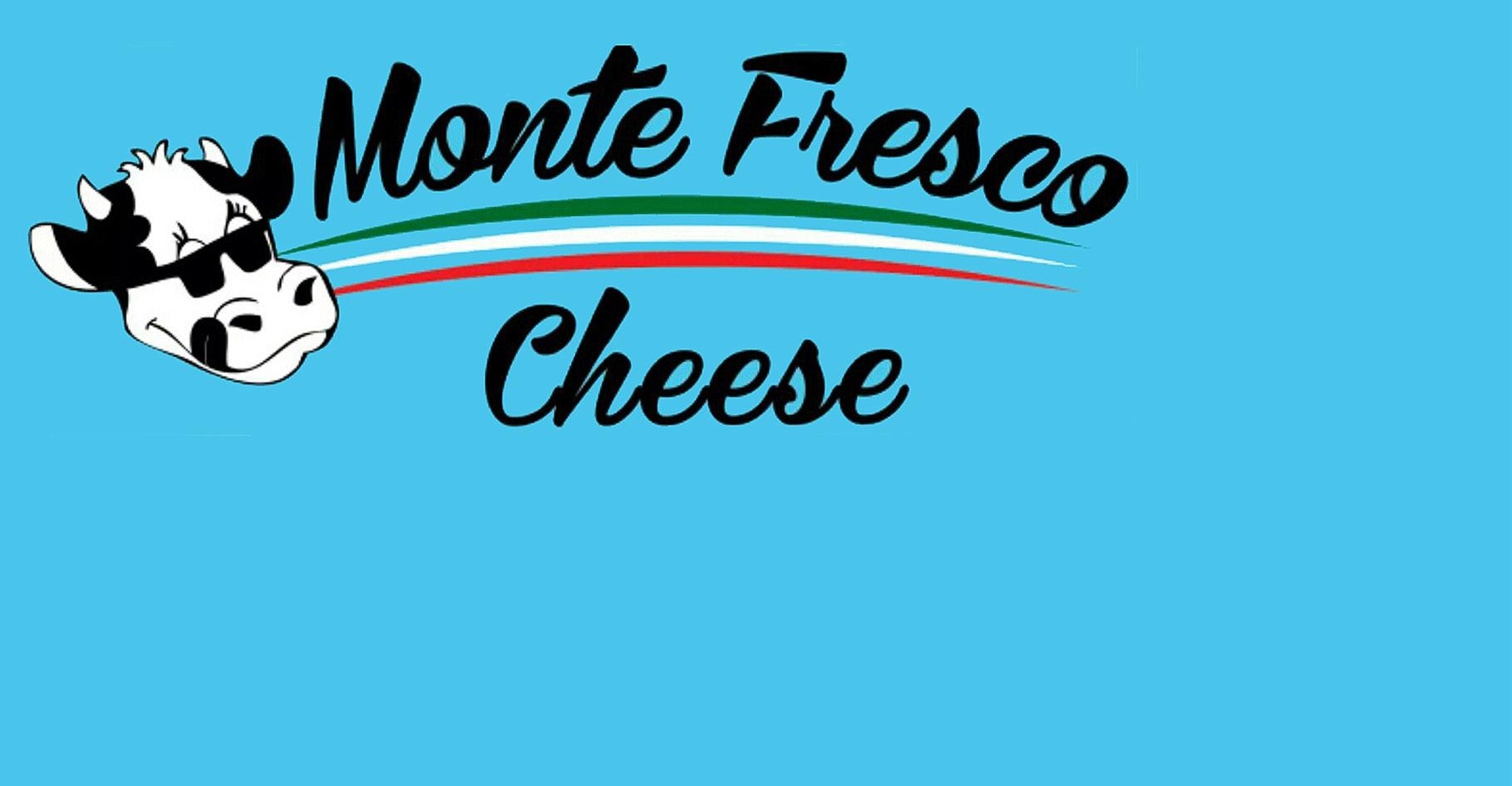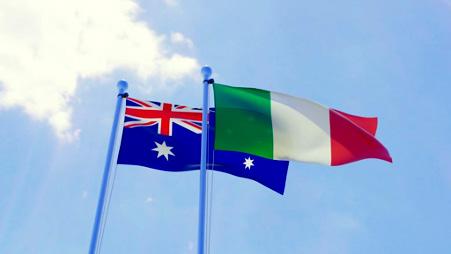
2 minute read
The Crisis of Italian Language in Australia
by Marco Testa
The Italian language is facing a crisis in Australia, as the number of Italian-born people in the country continues to decline, schools turn to other languages where teaching staff is more readily available and more university courses are folded without prospects of resurgence.
Advertisement
This trend is further exacerbated by an ageing Italian-born population, with most Italian migrants arriving in Australia between 1947 and 1976, and the median age of the Italian-born population in 2021 was 72 years.
According to Stefano Martinelli, an Italian language and cultural expert living in Sydney, "the disappearance of the Italian language from Australia is a loss of cultural heritage, which will be felt by future generations in line with other english-speaking countries."
There is a concern that the ageing generation of Italian language teachers, who were mostly trained in the 1980s, will soon retire without being replaced by new educators capable of supporting a high level of language teaching and learning in Australian schools.
"The future of the Italian language in Australia is uncertain as fewer schools are offering Italian classes and the number of Italian language teachers is decreasing”, adds Martinelli. This, combined with the preference of schools towards STEM subjects, will likely lead to a further reduction in the number of students learning the Italian language, “intended as more than just some sort of tokenistic creative time spent listening to Italian songs or youtube videos.”
Recent trends have shown that the number of second-generation Australians with one or both parents born in Italy has increased from 322,000 in 2016 to 347,000 in 2021, forming sufficient evidence for the Australian government continuing to provide funding for language programs and initiatives, including for heritage languages such as Italian.
This funding is often provided through the Department of Education, Skills and Employment and other government agencies.

“The children of Italian immigrants, for the most part, often struggle to hold on to their heritage when it comes to language.
As a result, many Italian Australians have grown up without speaking Italian at home, losing touch with their roots and cultural identity, resulting in a generational and cultural gap" said Martinelli.
The goal of local funding, therefore, is to support language learning and to promote linguistic and cultural diversity in Australia, including funding language schools, community language programs, language resources, and other initiatives that help to preserve and promote heritage languages.
Additionally, the number of Australians reporting Italian ancestry has also increased from 1 million in 2016 to over 1.1 million in 2021, making Italian the seventh largest ancestry in the country.
"While the Italian language is an important part of the cultural heritage of Australia, it is encouraging to see that there is a renewed interest in the language among the younger generations, those who were not impacted by the devastating integrationist policies of the previous century" says Martinelli.
The increasing number of second-generation Australians with Italian ancestry highlights the importance of preserving and promoting the Italian language in Australia, despite a perceived insufficient level of investments from the Italian government in promoting and supporting the Italian language in Australia.
"The preservation of the Ital- ian language in Australia is not just important for the Italian community, but also for the country as a whole, as it adds to the rich commercial ties between Italy and Australia.

What is evident among many Italian-speaking communities is a concentration of resources and influence among a small group of organisations that could slowly become a dominating ‘cartel’ in the promotion and preservation of the Italian language and culture in Australia" says Martinelli.
Governments and other stakeholders must ensure that cultural heritage and language promotion efforts are inclusive and representative of the needs and interests of the community, rather than being reserved to selected individuals or groups.
“A concentration of resources and influence in the hands of a few can limit diversity and competition, and may not be representative of the real needs and interests of the wider Italian-Australian community, adding to the current crisis,” adds Martinelli.










